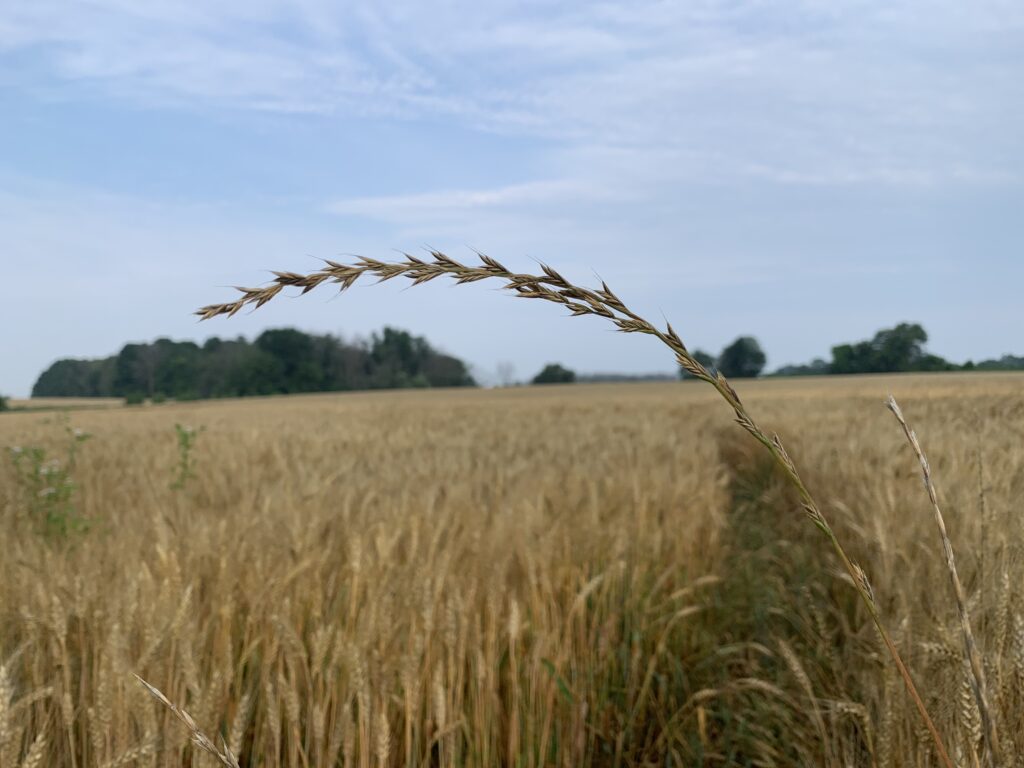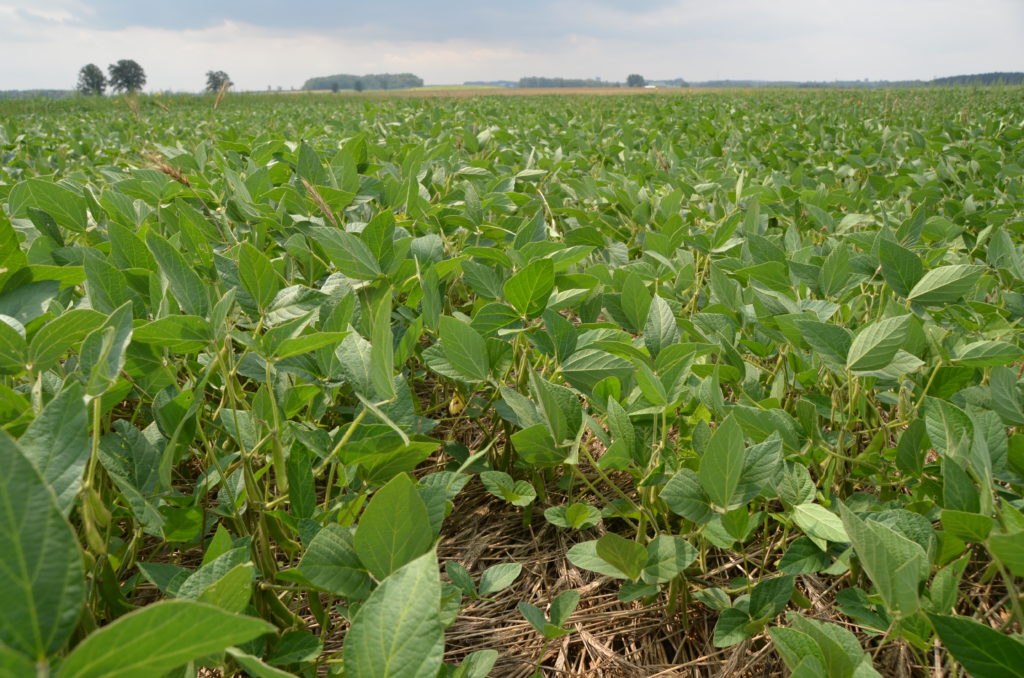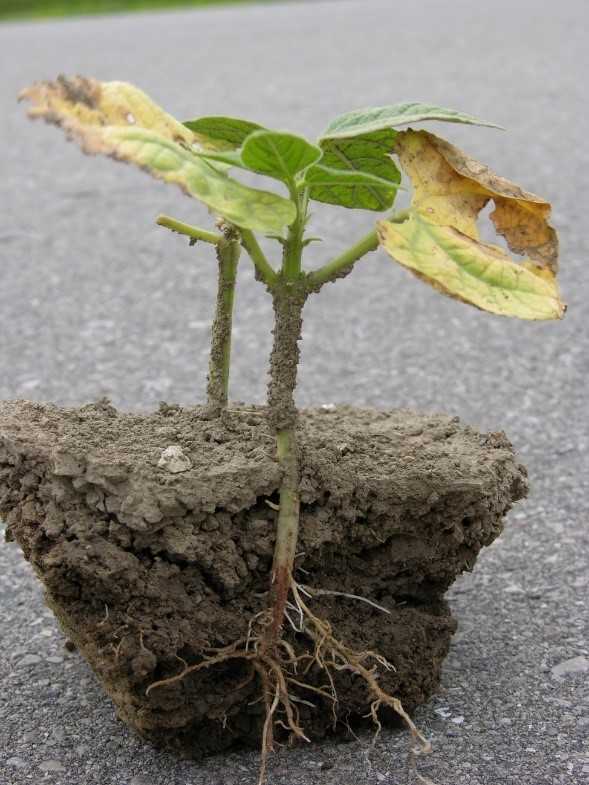Crop Report – Grassy weeds in winter wheat

What was that grassy weed in my winter wheat at harvest time? Three different types of grassy weeds have been found above the winter wheat canopy at harvest this year. To prevent them from becoming a problem, they need to be identified so that the appropriate management actions can be taken. Here is a breakdown […]









